Why do pears rot on the tree and what to do about it?

Any pear gardener strives to prevent rotting of his crop. In order to successfully carry out prevention, it is necessary to understand why such a nuisance happens to the culture in general.
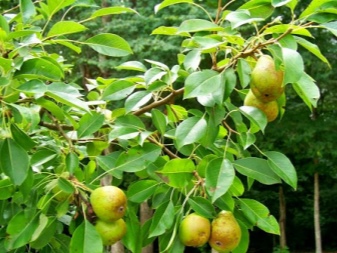
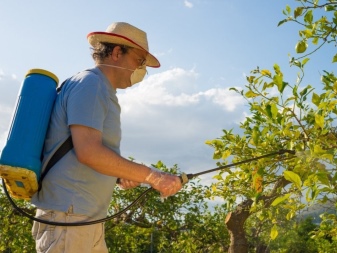
Causes
Pears rot on a tree for various reasons, but most often this happens if the culture's immunity has been significantly affected by age, disease, or exposure to insects. If the age of a pear has passed the line of 15 years, then the fruits, already appearing in small quantities, deteriorate right on the branch. Putrid destruction begins near the cutting. Such ripe fruits show either a completely rotten center or half-spoiled pulp.
Another common cause is moniliosis, more commonly known as fruit rot. The disease is provoked by spores of the fungus, which penetrate the pears and destroy them from the inside. Fruits infected with a similar disease turn black, usually due to high humidity. As a rule, this happens in the spring, and one infected specimen of a pear tree can lead to damage to the entire garden.
First, a putrid brown formation appears on the surface of the fruit, which soon softens and bursts. After some time, many small specks merge into one whole, as a result of which the whole pear shrinks and turns black. A feature of moniliosis is that the affected fruits do not fall off, but remain on the branches even throughout the winter season. It is also worth mentioning that in the spring the fungus affects only the crown of trees, and in the summer it also affects the fruits.
If brown spots cover not only the fruits, but also the leaves of the culture, then, most likely, we are talking about scab. Pears affected by it slow down in development, acquire an irregular shape and crack. The infection quickly penetrates into the opened pulp, and the fruits are finally affected by rot. However, at first they are simply covered with black dots, which most gardeners do not pay attention to, because the pulp remains sweet.
Most often, the fungus "settles" on trees with cracked bark, and the most dangerous for pears are the summer months, accompanied by high temperatures and heavy rainfall.
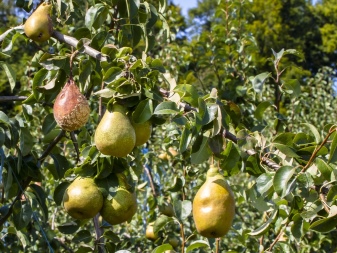

Often gardeners have to say goodbye to the pear harvest due to the vital activity of pests. So, moths are considered extremely dangerous for fruits. The caterpillar emerging from the eggs begins to feed on the pulp and seeds of the fruit, at the same time filling the resulting passages with its own excrement. All this leads to a slowdown in metabolism and the fall of pears to the ground. Another enemy of the fruit crop is weevil beetles, which can seriously harm all parts of the tree. The larvae of the pest develop directly in the pulp of the fruit, after which they begin to absorb it.
Putrefactive processes can be found on fruits in several more cases. Alternatively, this is a feature of some older varieties, during the selection of which the wild pear was involved. Such fruits, in principle, look healthy, but inside they rot, and the pulp deeper than the top layer transforms into a dark gruel. The culture reacts very badly to excessive irrigation, and therefore a large amount of moisture leads precisely to decay. Other irrigation errors can also provoke a problem - pouring water under the very trunk or abrupt transitions from drought to moisture.If pears are planted near crops that need frequent watering, then the soil will automatically always be flooded.
Any damage to the fruit that violates the integrity of its skin can become the "initiator" of the disease. For example, if a strong wind breaks the stem, cracks will appear on the surface of the pear, and spores will fall into them. Hail and heavy rainfall have a similar effect on culture.
Wasps, just like birds, damage the integrity of the skin, as a result of which infection with fungal infections begins. It also happens that healthy trees become infected by contact with diseased ones.
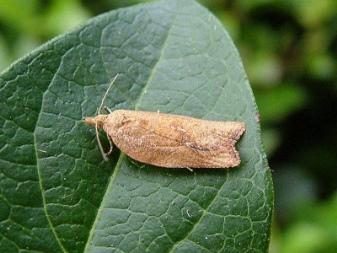
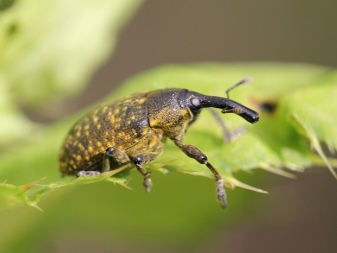
Control methods
What to do with pear rot is determined depending on which factor provoked the problem. For example, you should fight moniliosis immediately. If the slightest symptoms appear even at the stage of kidney development, then you can immediately spray the tree with a preparation containing copper. A similar treatment is carried out at the end of the flowering culture. The last time it is allowed to process fruits with chemicals is a couple of weeks before harvesting. When the tree is freed from all pears, then in order to prevent the recurrence of the disease, it will be necessary to spray the near-trunk circle, foliage and trunk.
To combat moniliosis, such universal options as Bordeaux liquid, consisting of copper sulfate, water and lime, and vitriol, as well as "Horus" and "Rovral", are used. In the early stages of infection, it will be possible to eliminate the problem with the help of "Mikosan", "Alirin-B" and "Fitosporin-M" - biological products that do not harm either the culture or the environment. You should also get rid of the scab using chemistry. You can use the preparation "Skor" at the stage of bud formation, as well as at the end of flowering. It is customary to spray swollen buds with copper sulfate. It is better to alternate the above funds with colloidal sulfur so that the pear does not form addiction.
In general, any fungicide is suitable to deal with fungal diseases. Spraying with medicinal preparations is carried out several times, and it must be repeated after a period of prolonged precipitation. Organic insecticides are used to drive out pear moths. It is best to apply them in early May, and then repeat the treatment after a couple of weeks. To reduce the population of attacking pests, the trunks can be covered with sticky substances that impede the movement of creatures.
Weevils can be quickly eliminated by using the spores of the beneficial fungus Beauveria bassiana. The fungus, rapidly developing in moist soil, is able to destroy both insect larvae and their adults. Folk remedies sometimes help to cope with pests. For example, a gardener should combine 10 liters of water, 10 teaspoons of liquid dish soap, the same amount of vegetable oil, and the same amount of 90-degree alcohol. The resulting mixture is sprayed over the infected pear every day for 3-4 days.
An infusion based on fermented nettle can also help, which is allowed to be used every 10 days.
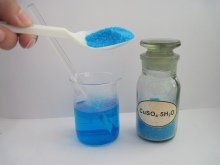

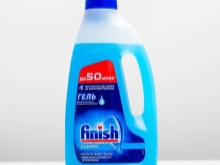
Prophylaxis
The whole point of preventing pear rot is to properly care for the crop. So, it is extremely important to remove fallen fruits in time, not allowing them to roll on the ground. At the end of the season, the tree should be cleaned of all broken and dried branches, carrion, mummified pears and, of course, fallen leaves. Anything that can provoke the spread of infection in the next season is immediately burned. Irrigation of the crop should be regular and fairly abundant, but not excessive. At least 2 buckets of water are poured under the root of each mature tree.
Timely crown pruning is extremely important. The autumn sanitary procedure was mentioned above, and in the spring, a young growth that can cause thickening is removed.By the way, initially it is required to position the seedling in such a way that it does not have to compete for water or nutrients with other plants. Keeping the gaps in the orchard is also an important rule. Weed grasses should be weeded in a timely manner, but in addition, it is still worth mulching the trunk circle. To destroy the wintering larvae of pests in the spring, it will be necessary to carry out a deep digging of the soil.
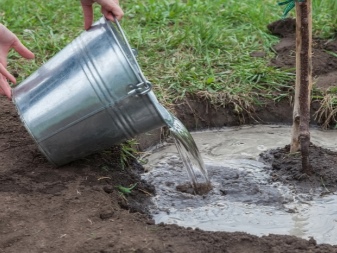
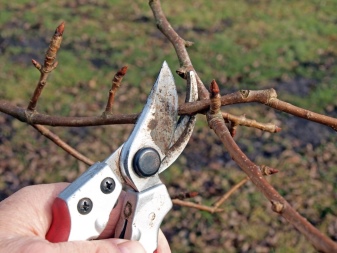
Useful Tips
In the event that rot occurs due to the peculiarity of the variety, it will not be possible to cope with it. In this situation, it is better to pick the fruits in green, not yet destroyed, and artificially bring them to a state of ripeness. A similar method applies to aged trees. In principle, "unsuccessful" varieties can still be saved by re-grafting, but old specimens are wiser to completely eliminate.
It is worth mentioning that during gardening work it should always be remembered that an open wound becomes an attraction for infections. If damage was caused to the tree during pruning or any other procedure, the wound must be immediately covered with garden varnish or a special substance.

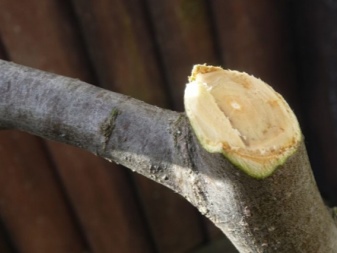













The comment was sent successfully.